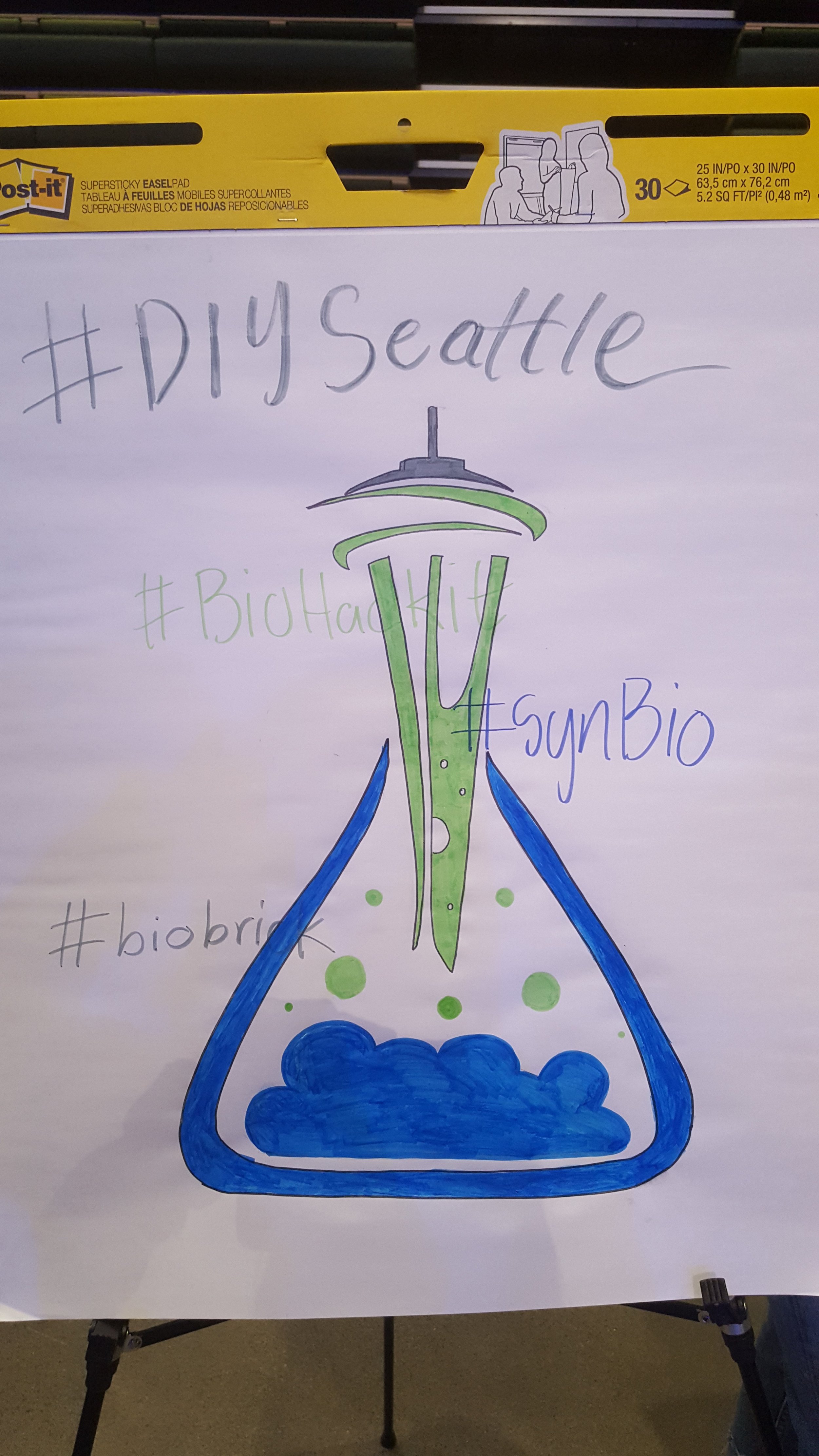SoundBio Lab started as an empty space, but soon filled up, and fast!
So how did a new community non-profit lab acquire so much, so quickly?
We get asked this question a lot, so figured it was a great idea for a blog post. Not surprisingly, the short answer to this question is a variety of places. Our founders, members, donors, UW, and biotech companies all played a role in contributing resources.
It turned out that a number of our DIY members had equipment and chemicals they wanted to share. With a community lab space, it allowed them to free up storage space at their own home, and to share things that didn’t get used often. Definitely a win:win.
There is also a small but vibrant biotech community in Seattle, including organizations who grow, who get bought out, or labs at UW that downsize or fold. In many cases, they are looking for places to donate used and older model pieces of equipment. Because we are the only biology focused community lab in the area, folks were happy to offer up extra supplies once they knew about us. Organizations like Altius Institute, Fred Hutch and Zymogenetics all contributed in this way, and we are very grateful for the donations.
We also received individual donations (thank you Kris Ganjam!) as well as some generous financial donations to purchase hard-to-find items with a high price-point. Our -80 Freezer is an example; it has turned out to be extraordinarily useful for our members. Another anonymous donor gave the lab a wonderful new compound microscope. You can read more about that specific item here.
We also love to shop at the UW Surplus Store. This is a wonderful resource for non-profits looking to acquire more expensive items that are normally not within a limited budget. The surplus store is like Goodwill - you never know what you’re going to find - but when you find it, you’re super excited because you got an amazing deal!
Examples of items we’ve purchased from the surplus store: new lab consumables, bins, chairs, racks, glassware, office supplies and more.
Due to our connections in the Puget Sound, we sometimes don’t have space for, or need all the supplies we find through our network. In cases like this, we do our best to find worthy recipients. For example, a number of supplies were sent to Africa to help start another DIY Lab. A former iGEM student of SoundBio is starting a new lab in Southern CA, so we were able to help resource a number of useful items from Zymogenetics to aid this effort.
Whether an item lands in our lab, or another, we are extremely grateful for the ongoing community support. It’s one of the reasons we hope to be around for a very, very long time.
Roya, helping to start a lab in LA called Polymerspace. Supplies donated by Zymogenetics.


























































































































